Welcome to the blog where you will find musings from around the vineyard and winery. News from the founder Andrew Hodson, a glimpse from the cellar and more.
ANDREW'S NEWSLETTER
VINIFICATION
EVENTS AT VERITAS
Browse by Category
Experience Veritas
Weddings at Veritas
Shop Wines
Sparkling Wine – User’s Guide The Continuing Saga of Understanding Sparkling wine
September 15, 2020
By Andrew Hodson and Veritas Vineyard and Winery
Tasting: Acid/Sugar Balance
I’ve spent time in the series describing how best to analyse wine as part of our understanding and evaluation of any wine be it sparkling or still.
We have to, as a first step, witness the properties of the wine we are tasting and I have emphasized the importance of witnessing the wine in a systematic way every time we taste.
We have talked of first looking at the wine then smelling the wine and now we are working through a similar systematic process when it comes to tasting wine.
The tasting framework is made up by considering the following properties in a given wine:
Sweetness
Acid
Tannin
Alcohol
Body
Flavor intensity
Flavor character
Finish
Last week I focused on the properties of how sugar creates the impression of sweetness and we looked at different ways that those degrees of sweetness are expressed and in particular the importance of sweetness in sparkling wine. However, I emphasized that no discussion about sweetness in a wine was complete without considering the balance of sugar with the natural acidity in the wine.
For the winemaker acidity is a core quality without which no decent wine can be made.

Brief review of what I mean when I speak of “acidity”
The best example of a natural acid is lemon juice- chemically called, as you would expect, citric acid. Now we all know that water has a chemical formula of H2O and that water is neutral being neither acid nor alkaline. Water is made of two opposing constituents, one Hydrogen ion or H+ and one OH- or hydroxyl ion that balance each other. A solution becomes acid when it contains more H+ than OH- and when it contains more OH- it is alkaline.
So when we experience a natural acid like lemon juice it has certain properties that we witness when we taste it – it tastes “acid” – it is sharp or tart it makes your mouth water whether it be acetic acid-vinegar, or citric acid lemon juice, all acids have an excess of H+ hydrogen ions.
The most commonly used measure of the degree of acidity or alkalinity in a wine is the pH with water having a pH of seven and everything below 7 is acid and everything above is alkaline
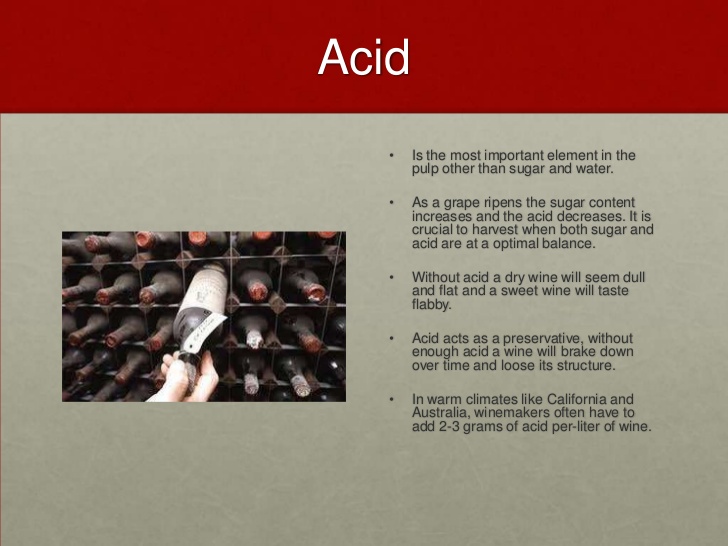
You can think of acidity in wine as like gold is to the dollar, it gives the wine value.
Now there are many factors in a wine that balance acidity but the single most important substance is sugar.
Sugar and acid are like yin and yang and this is particularly relevant to wine drinkers in the US
and what some people might call the “American palate.”
Think of it,one of the first “treat” experiences of a child in the US is to get a “soda”
be it a Pepsi or a Coca -Cola. And here is the rub both sodas are characterized by having high sugar levels that are balanced by extraordinarily high acid levels.
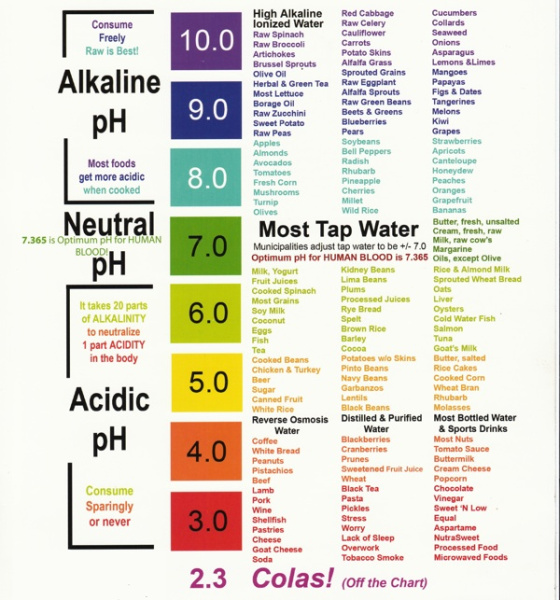
Can you imagine the impact that has on the developing brain? And though I am describing this with a little tongue in the cheek there may well be a grain of truth to the predilection of the American palate to sweet wines.
To illustrate my point I would have you go out and buy a bottle of Yellow Tail Chardonnay from
Australia. Yellow tail was designed for the American palate; it has enormously high levels of sugar that are balanced by enormously high levels of acid paralleling the American penchant for soda. At one point Yellow Tail was the most popular imported wine in the US, not to mention that it was also one of the cheapest imported wines in the US.
But to get to my original line of thinking about acidity and its value to wine it is acidity that pops the flavors, it livens the wine and in the long run determines whether a wine will age or not.
The best way to learn how to assess acidity in wine is to drink wine acid wines and as a general rule most acid wines are white.
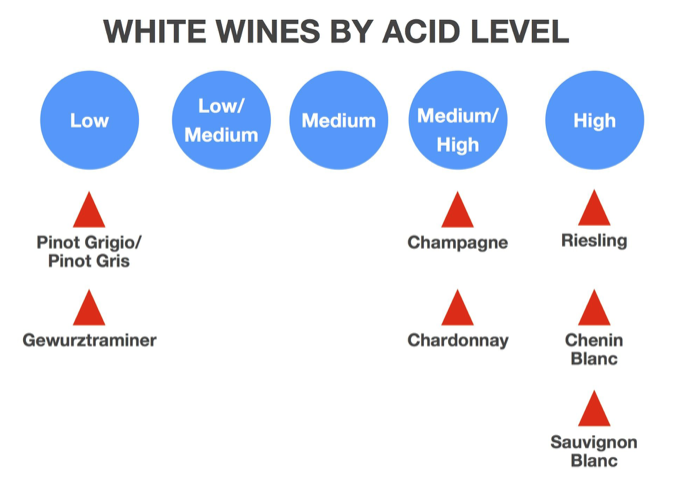
High acid wines like a Sauvignon Blanc from Sancerre or a Chardonnay from Chablis or even a Riesling from Mosel. These are the wines in which acidity makes the lemon zest zing, the fruit tingle and the wine feel fresh, all properties needed for a refreshing cool white glass of wine.
In addition to that fresh fruit character all three wines I have mentioned have one other descriptor in common-minerality.
I could, and have written a whole blog about minerality, probably the most enigmatic property to be described in a wine. See my article in the Grape Press entitled “Exploring Minerality in the Jura.”
The experts are unable to define what it is and there is no consensus except to say that if you are drinking a fresh white wine that you know comes from a cool climate with stoney soils that has marked acidity and is not overly fruity then there is a good chance that the wine has minerality!
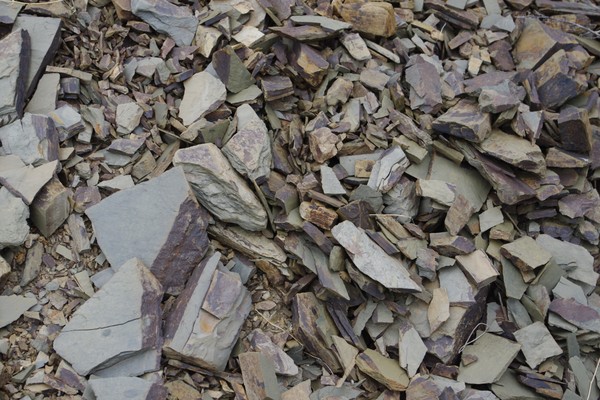
In white wines the relationship between acid and sugar are relatively straight forward not so when it comes to red wines.To state the obvious red wine is red because of the presence primarily of tannins and the pigments derived from tannins that are called anthocyanins.
Those bad boys are hugely affected by the acid-base balance of a wine and if you have ever had any direct experience of wine making you can actually see wine change color according to the presence or not of acid. I am not joking when I say this is a litmus test of a wine. You may or may not know that litmus paper contains a dye that changes color with a change in the amount of acid present when there is a high acid-i.e. high H+ ion concentration litmus turns red and the opposite when there is a high OH- concentration the litmus turns blue.Typically young wines are purplish- red, take for example a nouveau Beaujolais, then as a wine ages it tends to become more acid and deeper red then finally red turns to garnet and garnet to brown and by simply observing the color of the wine be it white, rose or red we can witness the temporal sequencing of wine as it ages.
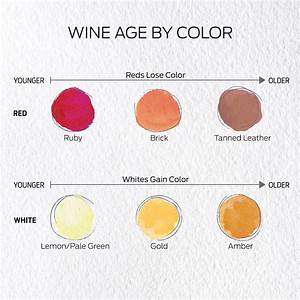
This is a good point to stop in the saga of wine witnessing because there is another whole aspect of the influence of acid on tannins that will be the subject of next week’s blog, when we will continue on our framework as we delve deep in understanding and describing those properties of wine which is, of course is the intellectual excuse for drinking more wine!
Keep tuned for the continuing Saga of Understanding Sparkling wine when next week I am going to discuss how acidity and tannins work together in all aspects of wine enjoyment.
Sparkle On,
Andrew
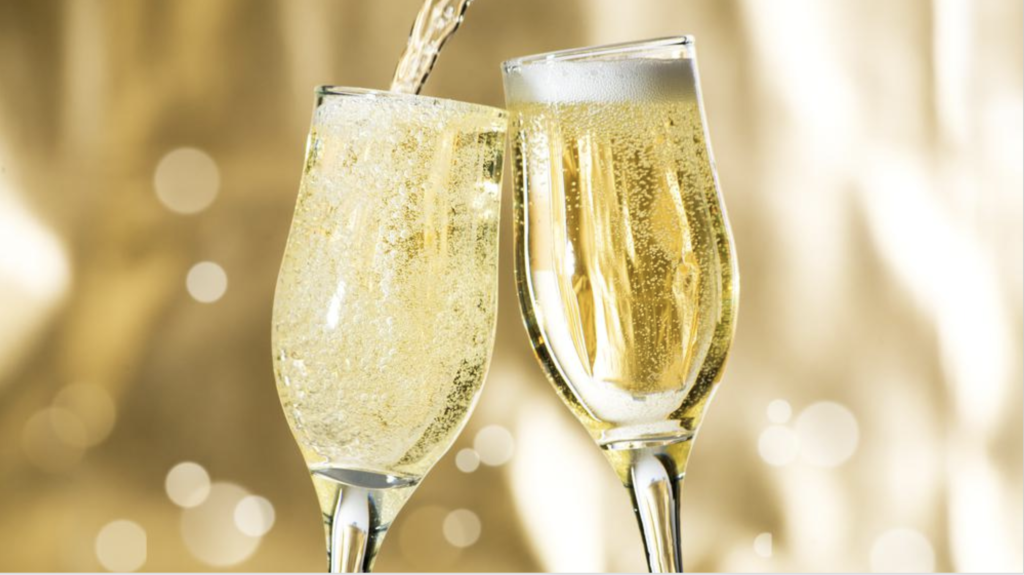
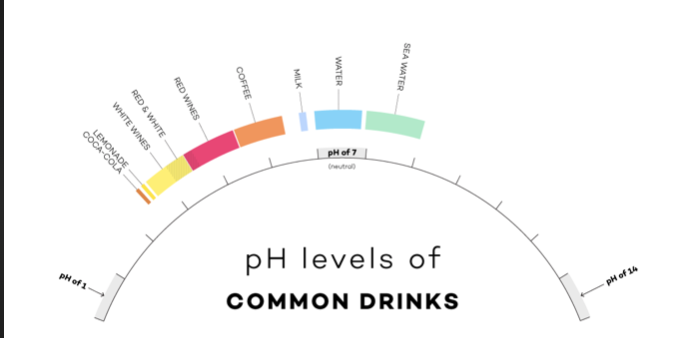
Loved this, thank you!
As always, very informativ and a good read. Thank you